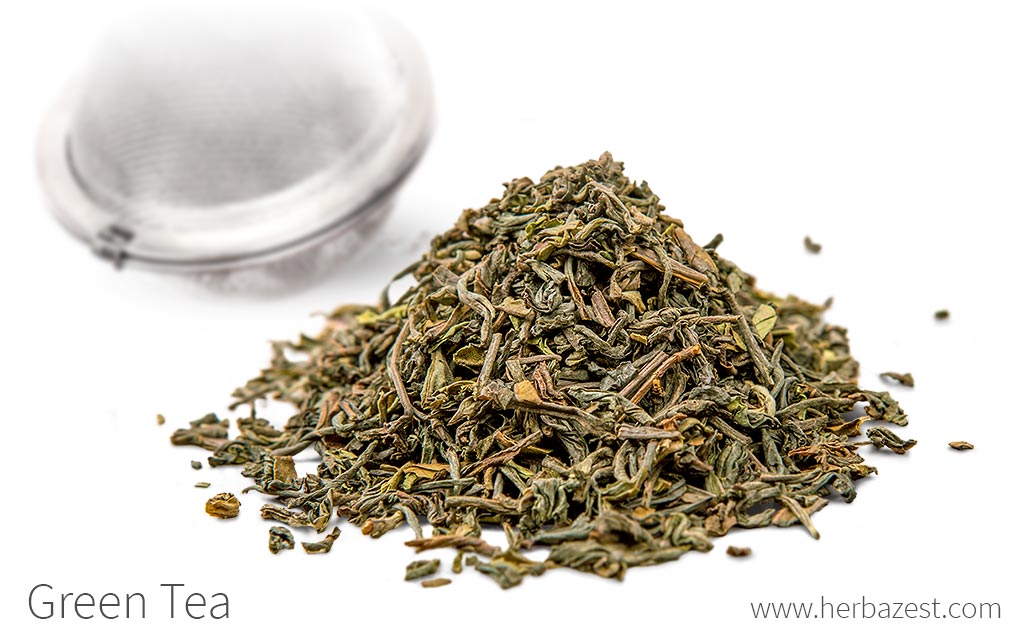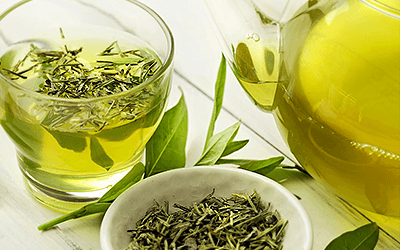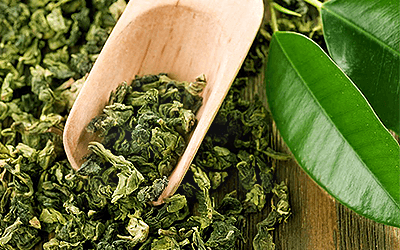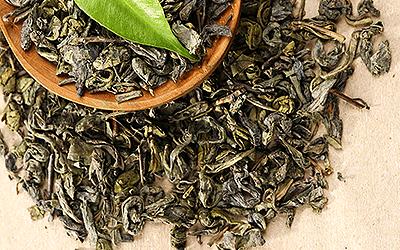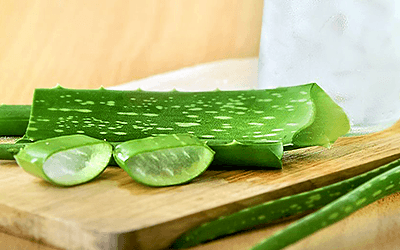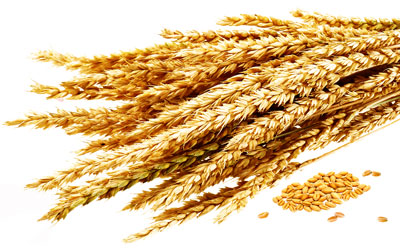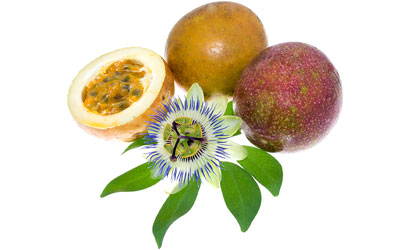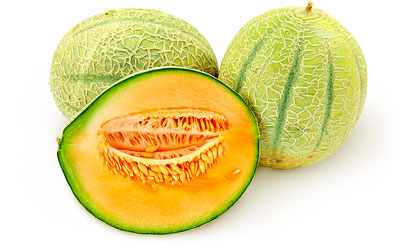Truly one of the ancient wonders of herbal medicine, green tea has been a vital source of nutritional value for thousands of years. Its soothingly aromatic taste has been well-loved from the beginning, but modern science has also proven its lasting efficacy against a wide array of diseases, keeping consumers coming back for more.
Green Tea Medicinal Properties
Health Benefits of Green Tea
Despite its unparalleled use in herbal medicine, the medicinal value of green tea was not scientifically known until relatively recent years.
Green tea's primary medicinal applications are due to its stimulant and antioxidant properties, which have been used for a wide range of maladies throughout history, including:
Enhancing energy levels. While green tea provides low levels of caffeine, it has shown to enhance alertness and mood.
Lowering LDL cholesterol levels. Studies have also found that catechins in green tea cause a small decline in cholesterol levels.
Additionally, some studies suggest that consuming green tea may promote weight loss.
How It Works
Like all true teas, it contains the alkaloid caffeine, which was once thought to be a unique compound called theine. Caffeine is known to enhance energy levels and produce alertness because it blocks adenosine receptors in the brain, therefore preventing the feeling of fatigue and sluggishness.1
Green tea's antioxidant phenols, called catechins, are thought to speed up metabolism. Although not conclusive, studies suggest that these catechins, together with caffeine's mild diuretic action, may help with weight loss.2
Finally, the flavonoids contained within can protect the body against free radicals and also seem able to reduce levels of LDL, or "bad" cholesterol, thus promoting cardiovascular health.3
A CUP (245 GRAMS) OF FRESHLY BREWED GREEN TEA OFFERS 29 MILLIGRAMS OF CAFFEINE, WHEREAS THE SAME AMOUNT OF COFFEE PROVIDES 91 MILLIGRAMS.
Green Tea Side Effects
When consumed in moderation, green tea is likely safe in virtually all of its forms. However, it can cause upset stomach and, in rare cases, liver damage due to its caffeine content. Other potential side effects can include headaches, nausea, irregular heartbeat, and dizziness. It is, however, safe in most cases since it has a lower caffeine content than coffee or black tea.
Cautions
While consuming green tea is generally safe, there are precautions some individuals should take. For those with an irregular heartbeat or who have high blood pressure, consumption of green tea should be limited because of its caffeine content. Individuals who suffer from bleeding disorders or who are on medications to slow blood clotting should exercise caution when consuming green tea since it can increase the risk of bleeding.
While it is possibly safe for women who are pregnant and breastfeeding, overconsumption of green tea can be unsafe due to caffeine levels.
- Medicinal action Antioxidant, Stimulant
- Key constituents Caffeine, catechins
- Ways to use Capsules, Hot infusions/tisanes, Powder
- Medicinal rating (3) Reasonably useful plant
- Safety ranking Use with caution
Green Tea Nutrition
Green tea's benefits are mainly due to its antioxidant power and stimulating properties; however, a cup of freshly brewed green tea offers surprisingly high amounts of manganese, an important mineral that helps the body form connective tissue and bones as well as promotes proper blood clotting and the production of sex hormones. Manganese also plays a role in fat and carbohydrate metabolism, calcium absorption, and blood sugar regulation.
Additionally, a hot cup of green tea leaves is a good source of vitamin B2 (riboflavin). It also contributes with very small amounts of other B complex vitamins, such as B1 (thiamin) and B6 (pyridoxine), along with minerals like copper and potassium.
A cup of freshly brewed green tea (245 g) provides only two calories, as well as zero fats and sugars.
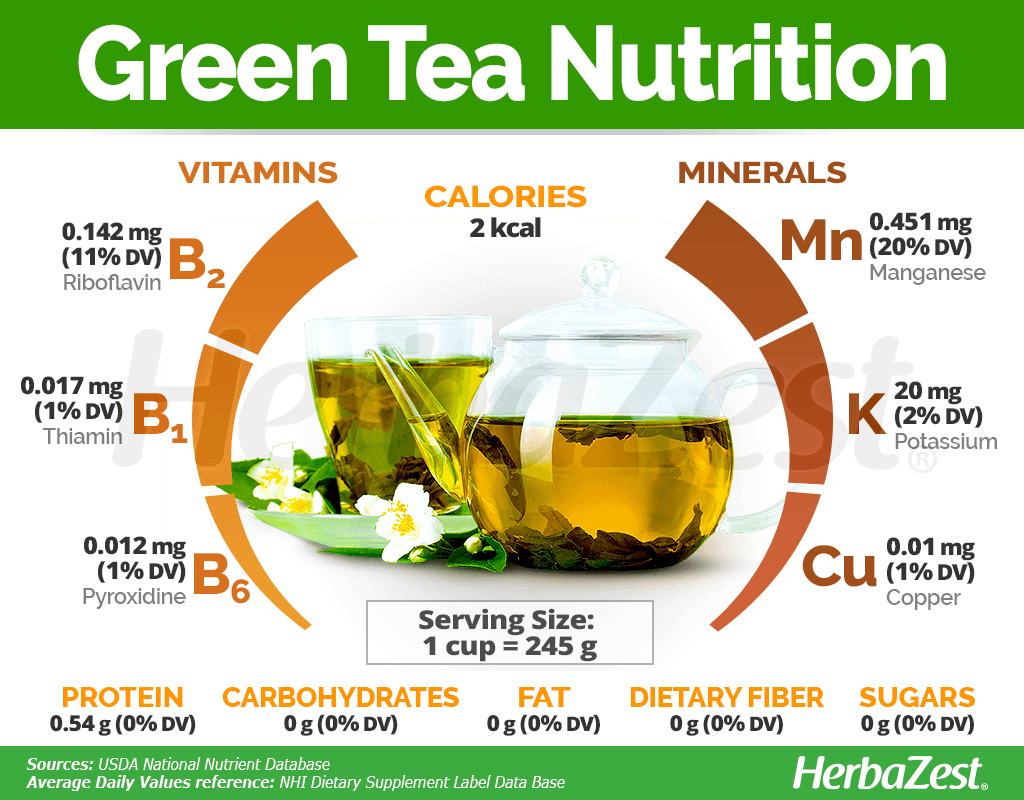
How to Consume Green Tea
Perhaps one of the most popular types of tea in the world, green tea is consumed in a number of different ways. While it is used to flavor some foods, such as ice cream, smoothies, and cakes, virtually all of green tea's health benefits are in its medicinal forms.
Natural Forms
Tea. As its name suggests, green tea is most commonly prepared as an infusion, most commonly simply referred to as tea. When brewed as a tea, it can cure a number of ailments, including lowering LDL cholesterol levels. Green tea in its infusion form may also aid weight loss and increase energy due to its stimulant properties.
Powder. Like its infusion form, green tea powder is high in catechin, which helps lower bad cholesterol and promotes weight loss. For best results, add green tea powder to beverages, such as morning smoothies, that are rich in antioxidants.
Herbal Remedies & Supplements
Essential Oil. Used for its antioxidant properties, essential oil can aid in weight loss when consumed in small quantities. When used for aromatherapy, it can increase energy.
Capsules. When taken in capsules, it is an incredibly potent stimulant and is often used for its high catechin and caffeine content. Because of these properties, capsules can aid in weight loss and increase energy.
- Edible parts Leaves
- Edible uses Flavoring, Beverage
- Taste Mildly bitter

Growing
Although it best thrives in tropical conditions, green tea has adapted to be commercially grown as far north as the United Kingdom.
Growing Guidelines
Green tea plants require an ample water supply in order to grow properly
It should grow at high altitudes at least 5,000 feet (1,500 m) above sea level, in order to slow down growth and imbibe maximum flavor into the leaves.
It's best to plant it 10 - 15 feet (3.0 - 4.6 m) away from other plants to allow room for the bush to grow.
If left undisturbed, it will grow up to the height of a tree, so pruning is a must for harvesting ease.
- Life cycle Perennial
- Harvested parts Leaves
- Light requirements Partial shade
- Soil Medium (loam)
- Soil pH 5.6 – 6.0 (Moderately acidic), 6.1 – 6.5 (Slightly acidic)
- Growing habitat Humid regions
- USDA Plant Hardiness Zones 0a, 9a, 9b, 10a, 10b, 11a, 11b
- Plant spacing average 3 m (9.84 ft)
- Propagation techniques Cuttings
- Potential insect pests Scale insects
Additional Information
Plant Biology
The tea plant, from where all true teas, including green tea, come from, is a large shrubs or small tree trimmed below 6.6 feet (2 m) high for harvesting, which produces yellow-white flowers and seeds that are used to make tea essential oil, a seasoning for cooking.
Classification
As a member of the Theaceae family, the tea plant (Camellia sinensis) is one of several flowering species used in Asia. This species alone is responsible for all varieties of true teas, including green tea, white tea, yellow tea, and black tea, as well as oolong and pu-erh tea, processed to obtain different oxidation levels.
Varieties and Subspecies of Green Tea
There are four known varieties of tea plant: Camellia sinensis sinensis, or Chinese tea, and C. sinensis assamica, known as Assam or Indian tea, are the most popular ones, commonly used in infusions, whereas C. sinensis pubilimba and C. sinensis dehungensis can also be found throughout native regions, though they are more often used locally and not mass-produced.
Historical Information
Native to South and Southeast Asia, green tea's roots run deep in human history, with first evidence of its use dating back to 5,000 years ago. Earliest preparations took place in China, where the aristocracy - the only group who could afford to consume it regularly - drank the herb prepared as an infusion to improve both mental and physical functions. This tea continued to be a status symbol until the 12th century, when both the Mongolian Empire and green tea prices fell. Meanwhile, the beverage gained great popularity in Japan as early as 800 CE, and the herb finally made it to Europe in 1606. The 1940s saw its introduction in the U.S., and worldwide consumption grows each year.
Economic Data
Large-scale cultivation of green tea is an incredibly important industry in several Asian countries, none more so than China, who leads production of the plant with 780,000 tons each year. This represents 80% of the world's supply, followed by Japan with 10% of the remaining total. Vietnam and Indonesia also contribute to its production, especially since recent publicity of the tea's antioxidant content has spiked overall demand.
Popular Beliefs
Green tea was not only useful in ancient Chinese medicine, but it is still an important aspect of many different cultures worldwide. In China, green tea is used for Gong Fu, a type of elaborate tea ceremony similar to the well-known Japanese tea ceremony. In Gong Fu, the tea is poured in a number of artistic manners, and the tea master is considered an artist in their own right.
Other Uses of Green Tea
For home remedies. Placing tea bags of green tea leaves on the eyes is a popular home remedy for reducing puffiness and can be used as a compress to relieve headaches.
Additional uses. Green tea has also been used to clean carpets and fertilize plants.
- Other uses Cleaning, Fertilizer
Sources
- Better Health Channel, Tea Leaves and Health
- Handbook of Energy Crops, Camellia sinensis (L.) Kuntze
- PubChem, Caffeine – Compound Summary
- The British Journal of Nutrition, Green tea (Camellia sinensis) catechins and vascular function, 2009
- Encyclopedia of Herbal Medicine, p. 181
- MedlinePlus Herbs and Supplements, Green Tea
- American Cancer Society, Green Tea
- Medicinal Plants of the World, p. 75
- Integrated Taxonomic Information System, Camellia sinensis
Footnotes:
- Current Pharmaceutical Design. (2017). Effect of Green Tea Phytochemicals on Mood and Cognition. Retrieved April 26, 2021, from: https://pubmed.ncbi.nlm.nih.gov/28056735/
- Journal of Research in Medical Sciences. (2013). The effects of green tea consumption on metabolic and anthropometric indices in patients with Type 2 diabetes. Retrieved April 26, 2021, from: https://www.ncbi.nlm.nih.gov/pmc/articles/PMC3908530/
- Current Medicinal Chemistry. (2008). Green Tea Catechins and Cardiovascular Health: An Update. Retrieved April 26, 2021, from: https://www.ncbi.nlm.nih.gov/pmc/articles/PMC2748751/

